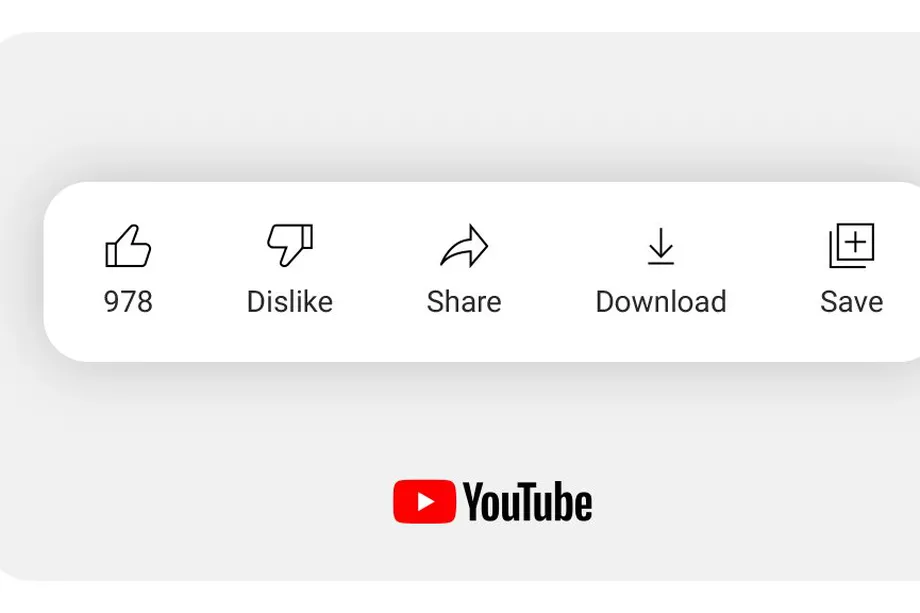Thu, 11 Nov 2021 14:39:53
Staff ![]()
207
YouTube has announced that it will be hiding the number of public dislikes on videos across its site, starting today. The company says the changes are to keep smaller content creators from being the target of unwelcome attacks or harassment and to promote "respectful interactions between viewers and creators." The dislike button will remain, but for private feedback, not public shaming.
This step is not sudden. In March, YouTube announced that it was experimenting with hiding public dislike figures, and individual creators long could hide ratings on their videos. But the fact that the number of dislikes will disappear for everyone (gradually, according to YouTube) is a big deal — viewers are used to being able to see the like-dislike ratio as soon as they click on a video and can use that number to decide whether to continue watching. Now, that's no longer an option, but it could close the abuse vector.
YouTube says that when testing hiding dislike numbers, people are less likely to use buttons to attack the creator — commenting "I came here to dislike" seems less than satisfying when you don't see the numbers go up. That behavior may continue to some extent, as creators will be able to see the number of dislikes for their videos in YouTube Studio. The company says it still allows well-intentioned viewers to leave personal feedback to content creators or use dislikes to customize the algorithm's video recommendations.
Other social networks have given users the option to hide ranking metrics as well — Instagram and Facebook famously let you hide the number of likes if you want to avoid the potential social pressure that comes with your main measure of success on the platform being shown to everyone. It's not a perfect comparison — the number of likes your YouTube video gets will remain public (if you leave public ratings on), and Instagram hasn't turned off site-wide likes, but it does show a growing concern with what data. what content creators can access versus what data their viewers can access.
Also Read:
- Shiba Inu Coin Grows Bigger Than Polkadot And USD Coin As Its Value Soars To 76%
- Samsung announces cloud gaming for Tizen TV
The number of dislikes going private can help hide an embarrassing part of YouTube history: the most-disliked video on the entire site is the company's Rewind from 2018. That particular recap video sparked so much outrage that YouTube recently announced that its annual Rewind video was canceled. There's also the argument that not being able to see the public's disapproval can lead to users watching videos that aren't very good — insincere apologies, perhaps, or informative-looking content that ends up being an ad.
However, YouTube's argument that it wants to protect smaller creators from the mob or unwelcome harassment is a hard one to refute. It's easy to imagine solutions to some of the other ideas put forward to combat that behavior, including needing additional info about why you don't like a video or removing the dislike button until you've watched a certain number of videos. On the other hand, a person who abandons dislike will do so only for the eyes of the creator — and screaming into the void is not the same as scorning in public.
Keywords: youtube, youtube thumbs-down, youtube dislikes, youtube public count
Also Read:
Prev Post:
Next Post:
